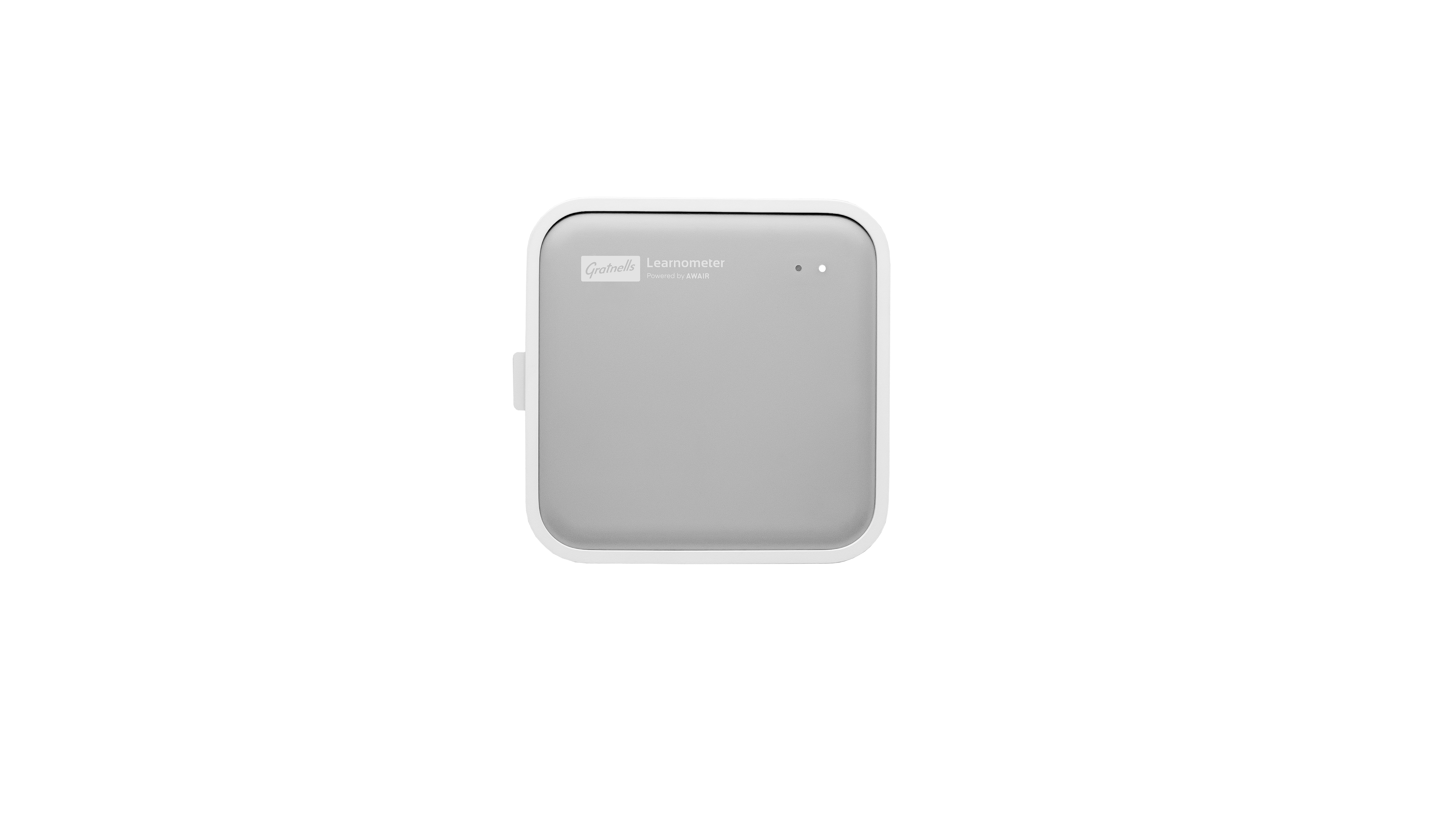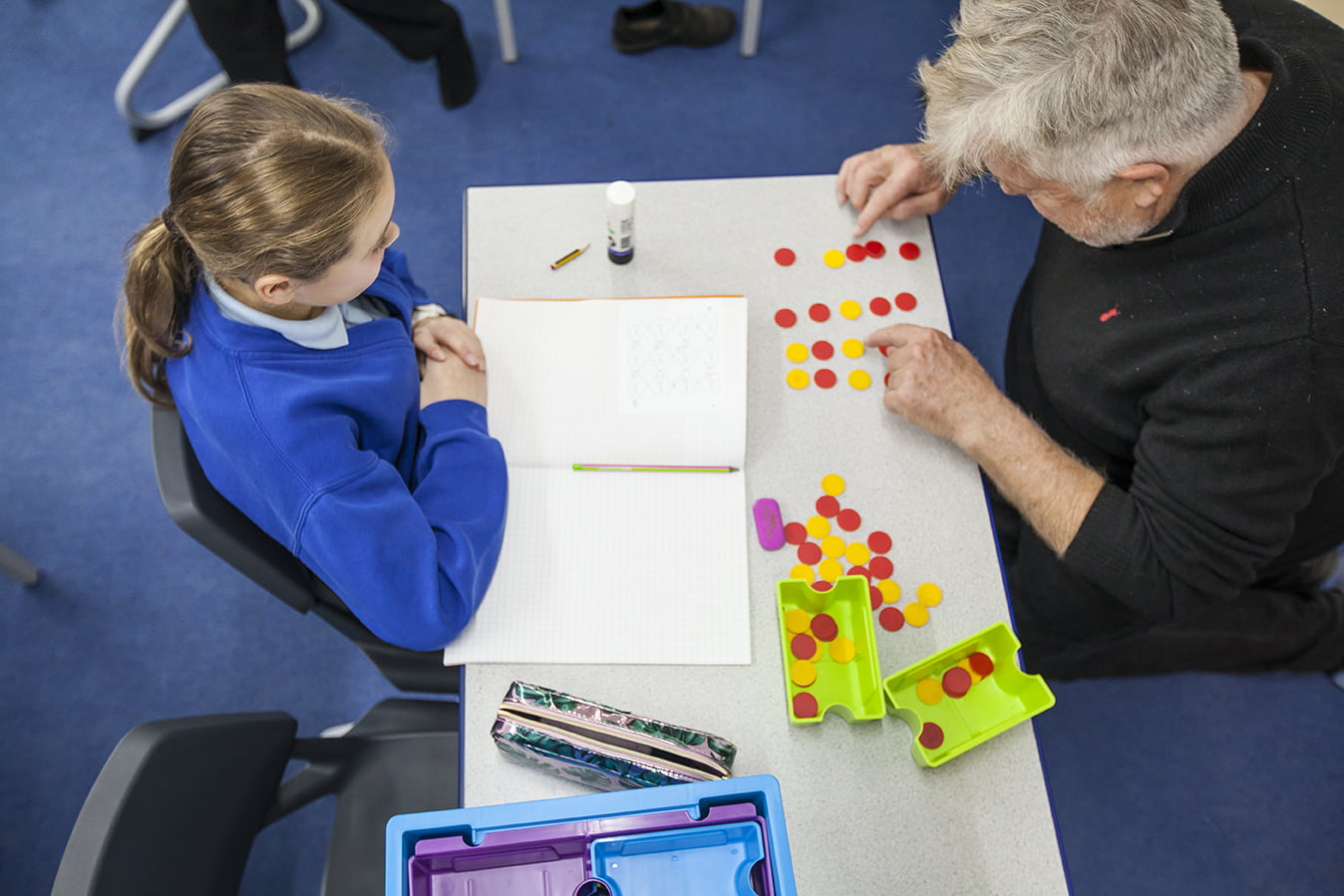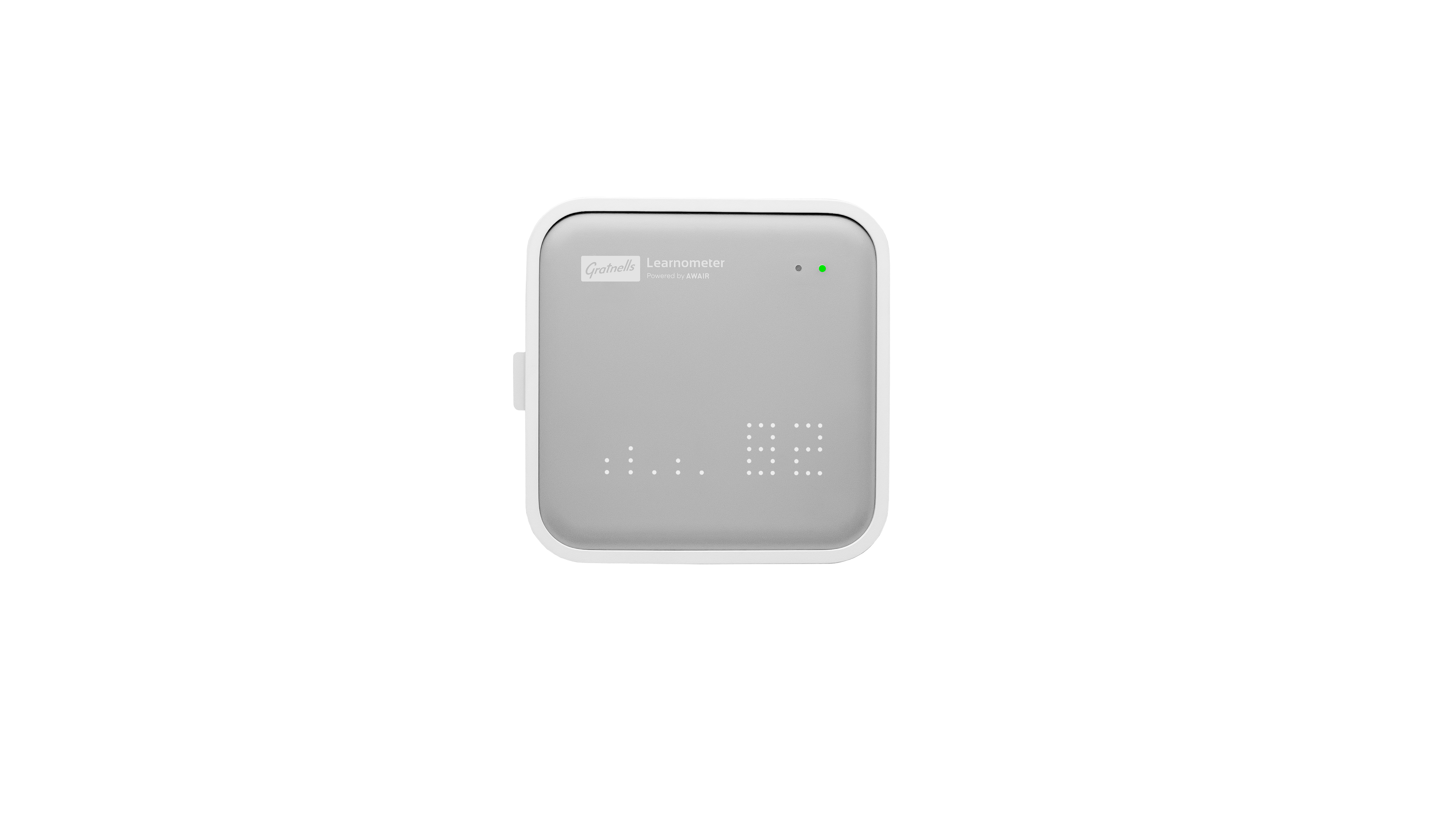Your classroom environment
And what you can do to improve performance.
How healthy is your classroom?
Professor Stephen Heppell’s research has shown a clear link between classroom conditions and student performance. The Learnometer will monitor your classroom so you and your class can track your air quality and take action when necessary
Monitoring the classroom
Professor Stephen Heppell and his research team have been gathering data to show how environmental factors can affect student performance and outcomes


Carbon dioxide


Fine dust (PM2.5)








Ambient noise (dBA)








Temperature and humidity
There is an optimal temperature range for learning outside which performance suffers immediately. Humidity brings health risks like toxic mould spores. Dehydration also damages performance.








Lighting
Children learn less well when light levels are low, and behaviour also suffers. There is an equity issue too, when light levels are uneven across a room.








Chemicals (TVOCs)
Beyond the impact on wellbeing, research confirms that airborne pollution significantly damages learners academic progress.
Have a question?
“Although each of these variables matter individually, our research embraces the aggregation of marginal gains.
Cloud-based logging allows you to see, at a glance, how your environment looks. Changes you make can be evaluated and compared, and then finessed over time.”


Professor Stephen Heppell
Learnometer Inventor
